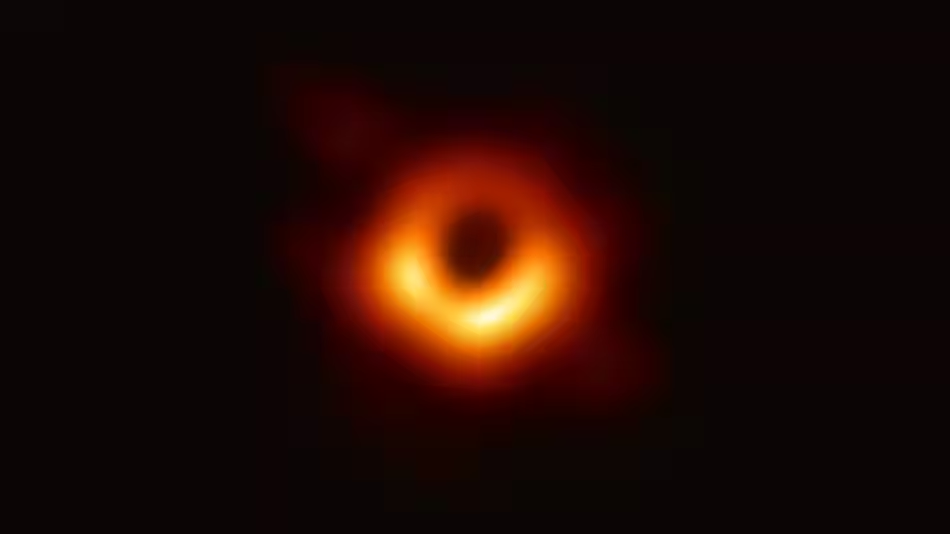
Supermassive black hole spotted repeatedly feeding on Sun-like star in nearby galaxy
text_fieldsWashington: Astronomers have observed a rare celestial event where a supermassive black hole, located at the center of a nearby galaxy, has been found repeatedly consuming a star similar in size and composition to our sun.
This unique phenomenon provides valuable insights into the interactions between black holes and stars.
Black holes are incredibly dense objects with gravitational forces so intense that nothing, not even light, can escape their grasp. Typically, when stars venture too close to a black hole, they are devoured whole. However, in this case, the black hole seems to be taking periodic "bites" from the star.
The star being devoured is situated about 520 million light years away from our solar system, in a spiral-shaped galaxy.
Despite its relative proximity, this black hole is considered small compared to others, estimated to have a mass a few hundred thousand times larger than our sun. In contrast, the supermassive black hole at the heart of our galaxy, known as Sagittarius A*, boasts a mass approximately 4 million times that of our sun.
The observations were made using data primarily from NASA's Neil Gehrels Swift Observatory.
The star was observed to orbit the black hole approximately every 20 to 30 days. During one end of its elliptical orbit, it ventures close enough to the black hole for material from its outer layers to be pulled away by the black hole's immense gravity, a phenomenon known as "accretion." However, it manages to avoid getting torn apart completely, resulting in a "repeating partial tidal disruption."
As the star's material falls into the black hole, it becomes incredibly hot, reaching temperatures of around 3.6 million degrees Fahrenheit (2 million degrees Celsius), generating a substantial amount of X-rays. These X-rays were detected by the Swift Observatory.
Astrophysicist Rob Eyles-Ferris of the University of Leicester in England, one of the study's authors, explained, "What's most likely to happen is the star's orbit will gradually decay, and it will get closer and closer to the supermassive black hole until it gets close enough to be completely disrupted. That process is likely to take years at least - more likely decades or centuries," reported Reuters.
This event marks the first time scientists have observed a sun-like star repeatedly experiencing partial tidal disruptions by a supermassive black hole. The research highlights the mysteries surrounding such tidal disruption events and how the star's orbit influences them. Eyles-Ferris added, "It's a very fast-moving field at the moment. This one has shown us that new discoveries could come at any time."





